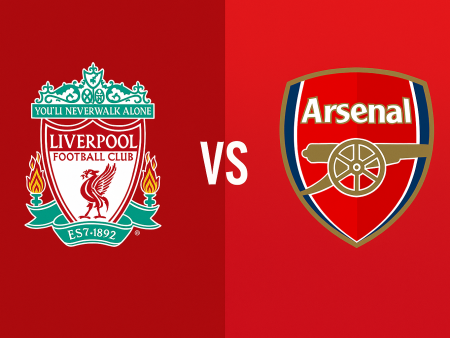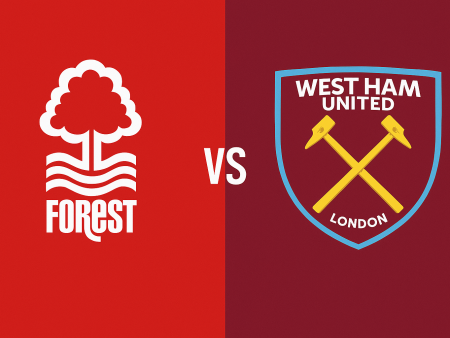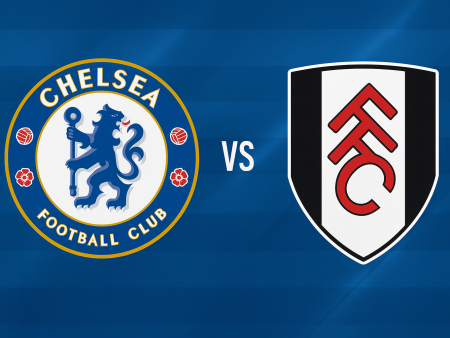Jude Bellingham: Unpacking His Impact at Dortmund and Mapping His Ideal Next Move
Introduction: Bellingham’s Meteoric Rise in the Bundesliga
Since arriving at Borussia Dortmund for the 2020-21 season, Jude Bellingham has captured the imagination of football fans, pundits, and club managers worldwide. Despite being just 18 years old, Bellingham possesses both composure and footballing intelligence that far exceed his age. His performances have not only solidified his role at Dortmund, but also sparked speculation about which European superpower will ultimately secure his talents. This analysis explores what sets Bellingham apart, assesses where he stands to develop further, and evaluates which club environment would best foster his evolution into a world-class midfielder.
Bellingham’s Playing Style and Unique Attributes
To appreciate where Bellingham should go next, it is crucial to first understand the qualities that have made him indispensable at Dortmund. Operating primarily as a box-to-box midfielder, Bellingham straddles the line between a traditional number eight and a more creative number ten, showing proficiency both in orchestrating play and making incisive runs into attacking areas.
At his best in a midfield trio-typically in 4-3-3 or 4-1-4-1 systems-Bellingham thrives when paired with defensive-minded teammates. This structure gives him the freedom to surge forward, exploit space, and get involved in goal-scoring situations. His creativity is matched by his end product: by mid-season, he had contributed 3 goals and 6 assists, translating to half a goal involvement per game-a rare feat for a central midfielder.
Bellingham’s technical strengths are not limited to direct contributions. He displays remarkable composure in tight areas, using his 6’1" frame to shield the ball and maintain control under pressure. While he may lack the sheer dribbling flair of certain wingers, he is highly effective at shifting the ball and drawing fouls-no player in the Bundesliga was fouled more often during the 2021-22 campaign, and his successful dribbles placed him among the league’s best.
Spatial awareness also defines Bellingham’s game; he consistently positions himself between lines to facilitate play, rotating across midfield and even operating as an inverted winger when tactical situations demand. Off the ball, his energy translates into relentless pressing. By early 2022, he ranked among Dortmund’s most active pressers, with a notable pressure success rate of 34.7%. His averages of 1.56 tackles and 2.33 blocks per 90 minutes highlight his value during defensive transitions, especially in advanced counter-press situations.
Still, Bellingham is far from the finished article. While his attacking instincts are already sharp, he should look to elevate his progressive passing, improve his accuracy under pressure, and increase aerial dominance-currently winning less than half of his duels in the air. Fine-tuning these aspects will be essential if he is to thrive at the very peak of European football.
Why Staying at Dortmund Makes Sense (For Now)
Whenever a young star emerges from a club outside the established European elite, speculation quickly mounts over a potential big-money transfer. However, history provides several cautionary tales of Dortmund alumni-such as Jadon Sancho, Ousmane Dembele, Shinji Kagawa, and Henrikh Mkhitaryan-who excelled in the Bundesliga only to struggle to replicate that form after leaving.
Remaining at Dortmund would allow Bellingham to continue his upward trajectory in a familiar environment and to assume a leadership role at a club renowned for nurturing young talent. This choice would also maximize his minutes ahead of major international tournaments, such as the World Cup-something not guaranteed at teams like Manchester City, where the competition for places is fierce.
Moreover, Dortmund’s project revolves around exciting, attack-minded football, aligning well with Bellingham’s attributes and growth needs. Staying put could enable him to further refine his strengths, develop his leadership, and eventually command a move to a top club with greater readiness.
Liverpool: A Seamless Tactical Fit
Liverpool’s midfield has felt the absence of dynamic contributors since the departures and waning influence of Georginio Wijnaldum and James Milner. The club faces a need to rejuvenate its engine room, and Bellingham’s skillset mirrors the energy, work rate, and intelligence that defined Liverpool’s recent successes.
Bellingham would fit naturally into Jurgen Klopp’s preferred 4-3-3 formation, a system that maximizes his ability to progress the ball, support the attack, and press aggressively. Liverpool’s hallmark quick transitions and demanding pressing style align perfectly with Bellingham’s high defensive output and his hunger to initiate attacks. His flexibility-capable of playing either deep, advanced, or wide roles-would provide Klopp with tactical versatility, especially as Liverpool’s current midfield core ages.
While his passing range and accuracy could be further polished, the team’s setup would allow Bellingham to play to his strengths, while supporting his further development under one of football’s top coaches.
Manchester City: The Challenge of Precision Possession
Manchester City’s style is defined by relentless possession, intricate passing, and precise positional play under Pep Guardiola. Given Bellingham’s experience in a high-possession Dortmund side, the move is feasible, especially as City shares Dortmund’s 4-3-3 structure and tactical emphasis on pressing and positional interchange.
However, City’s demands for technical excellence are unforgiving. While players like Ilkay Gundogan have thrived by combining off-ball movement with on-ball proficiency, Bellingham would need to further refine his passing, particularly under pressure. City also boasts a deep pool of elite midfielders-Kevin De Bruyne, Gundogan, Bernardo Silva, and Phil Foden-which could limit his immediate playing time and growth opportunities.
Although City’s setup could accelerate Bellingham’s development, he might face more risks regarding minutes and role security compared to Liverpool.
Manchester United: Temptation Versus Tactical Compatibility
While a move to Manchester United may seem inevitable given the club’s resources and desire for marquee signings, the fit is not as straightforward. United’s tactical identity has been in flux, and while Bellingham’s pressing versatility could find a place in certain systems-4-2-3-1 or 4-2-2-2-problems persist.
United already has several attack-minded midfielders (Paul Pogba, Bruno Fernandes, and Donny van de Beek) competing for creative roles, and the club’s bigger need is for a defensive anchor. Historically, talented imports from Dortmund have struggled to adapt to life at Old Trafford, further suggesting caution. Bellingham’s distinctive attacking style might make him an awkward tactical fit if United does not adapt its system.
Conclusion: The Best Path for Bellingham’s Development
Jude Bellingham stands on the cusp of becoming one of world football’s defining midfielders. His exceptional mix of athleticism, technical quality, and tactical intelligence set him apart, but the risk of making a hasty move to a club or league that does not play to his strengths is real.
For the next few years, staying at Borussia Dortmund remains a wise choice-allowing him to continue developing, accrue regular first-team minutes, and mature as both a player and leader. If he does seek a new challenge, Liverpool emerges as his most natural next step, with a tactical framework and managerial philosophy that will nurture his growth and unlock new levels of his game. Manchester City and Manchester United present intriguing but riskier prospects, especially regarding immediate impact and fit.
By carefully considering his next club, Bellingham can ensure he continues on his impressive trajectory and fulfills his considerable potential at the very top of the European game.













